- JST Home
- /
- Strategic Basic Research Programs
- /
 PRESTO
PRESTO- /
- project/
- Information Carriers and Their Integrated Materials/Devices/Systems/
- [Information Carriers] Year Started : 2022
[Information Carriers] Year Started : 2022
Hiromitsu Awano
Cryogenic CMOS Circuit Technology for High Performance Computing
Grant No.:JPMJPR22B1
Researcher
Hiromitsu Awano
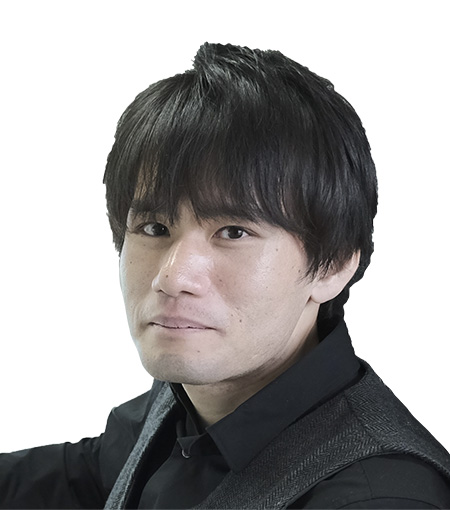
Associate Professor
Graduate School of Informatics
Kyoto University
Outline
This project will pioneer cryogenic CMOS computing technology. Quantum chips, which have attracted much attention these days, are placed in a cryogenic environment of several mK, separated by several temperature layers from room temperature, in order to protect the qubits from noise. However, intermediate temperature layers such as 77K and 4K have not been effectively utilized. Therefore, this research aims to pioneer cryogenic computing technology that effectively utilizes the intermediate temperature hierarchy, and pursue the extreme performance of CMOS circuits.
Satoshi Iihama
Photo-magnonic reservoir computing via magnon information carrier
Grant No.:JPMJPR22B2
Researcher
Satoshi Iihama
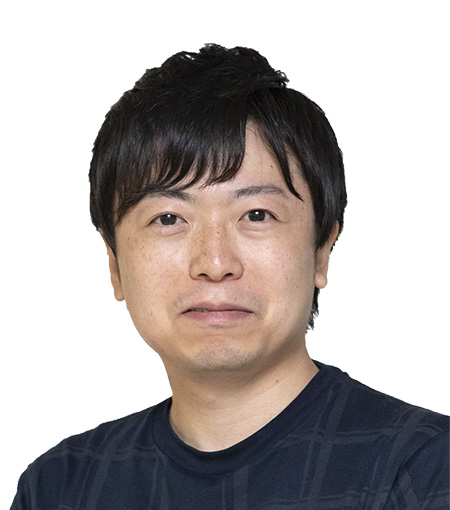
Associate Professor
Graduate School of Engineering
Nagoya University
Outline
In this study, magnons, collective excitation of electron spins, will be used as an information carrier. Information is injected into magnon reservoir in a magnetic thin film via modulated light pulse trains. The performance of the photo-magnonic reservoir computing will be investigated by performing benchmark tasks. Finally, the performance of reservoir computing using ultrahigh-dimensional information of integrated magnon reservoir in magnetic thin films will be much improved compared with state-of-the-art reservoir.
Fumihiro Inoue
3D Chiplets for Heterogeneous Quantum Device
Grant No.:JPMJPR22B3
Researcher
Fumihiro Inoue
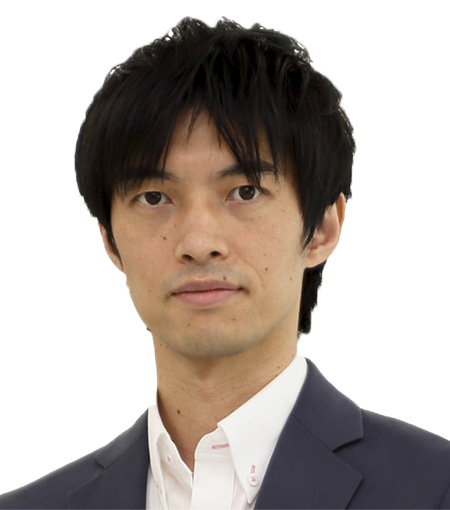
Associate Professor
Faculty of Engineering
Yokohama National University
Outline
Incorporating 3D chiplet technology into quantum computer integration has the potential to create a novel concept of a quantum computer with higher integration qubits, higher temperature operation, and longer decoherence time. The objectives of this project are to deepen the understanding of direct bonding technology for a heterogeneous quantum computer and to establish a superconducting bottom-up interconnect fabrication processes.
Shutaro Karube
Innovative information carrier devices realized by multifunctional spin-oxides
Grant No.:JPMJPR22B4
Researcher
Shutaro Karube
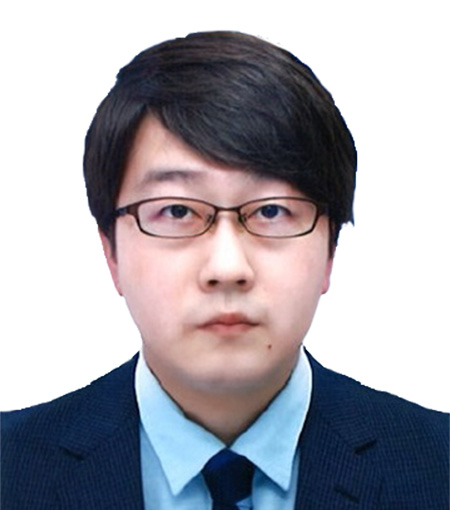
Specially-appointed associate professor
Institute for Chemical Research
Kyoto university
Outline
Towards next generation information society, high operation efficiency to process information and saving energy to actuate devices should be achieved urgently. This research project is aiming to realize high densification in MRAM devices to preserve and process huge amount of information using electron spins in antiferromagnetic oxides as information carrier. Furthermore, the device application including not only the information carrier function, but also analogue output, generation of electricity, high sensitive sensing and logical operation functionalities is set as a goal of this project to develop ultimate devices consisting of the multifunctional oxides.
Takuma Kobayashi
Development of fundamental technologies for a scalable silicon carbide quantum processor
Grant No.:JPMJPR22B5
Researcher
Takuma Kobayashi
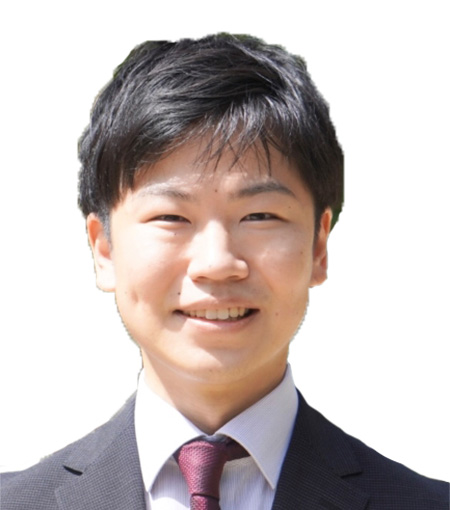
Associate Professor
Graduate School of Engineering
The University of Osaka
Outline
Silicon carbide (SiC) is well suited as a platform for optical quantum devices, owing to its wide bandgap and mature device technology. In this project, single photon sources in SiC will be explored based on computation and experiments. Then, the emission of single photon will be coupled with electronic device operation and will be controlled by current/voltage. This will contribute to the realization of scalable optical quantum processor.
Yoshiaki Nishijima
Construction of molecular information carrier performed by the metasurface thermal radiation control
Grant No.:JPMJPR22B6
Researcher
Yoshiaki Nishijima

Associate Professor
Faculty of Engineering
Yokohama National University
Outline
In this proposal, a metasurface that operates in the mid-infrared wavelength region, which consists of a metal thin film, a dielectric (molecular detection layer), and a metal nanostructure (MIM type), is taken as an optochemical sensor device. By applying the plasmon-assisted infrared radiation enhancement method to this device, we will realize an ultra-high-sensitivity sensor that can always find molecules no matter how small they are. Furthermore, the goal is to realize an analysis system that can discriminate any molecule from the spectrum of complex shape due to light-molecule bonding.
Sadafumi Nishihara
Development of Single Molecule Electret Based Storage Class Memory
Grant No.:JPMJPR22B7
Researcher
Sadafumi Nishihara
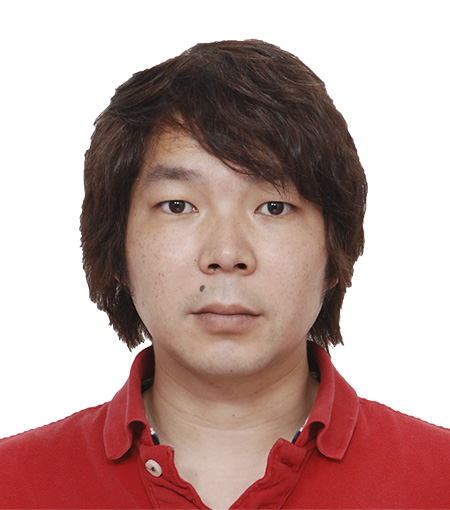
Professor
Graduate School of Advanced Science and Engineering
Hiroshima University
Outline
In order to realize an advanced information society, power saving of computers is an unavoidable issue. Although in-memory computing has been proposed as a method to solve the problem, there is currently no memory material with the ultimate specification that can be used for this purpose. In this project, I aim to fabricate a storage-class memory that can be used for in-memory computing by using metal oxide molecules that can switch the direction of polarization by an electric field.
Takuji Miki
A high-fidelity control technique for qubits utilizing quantum environmental noise
Grant No.:JPMJPR22B8
Researcher
Takuji Miki
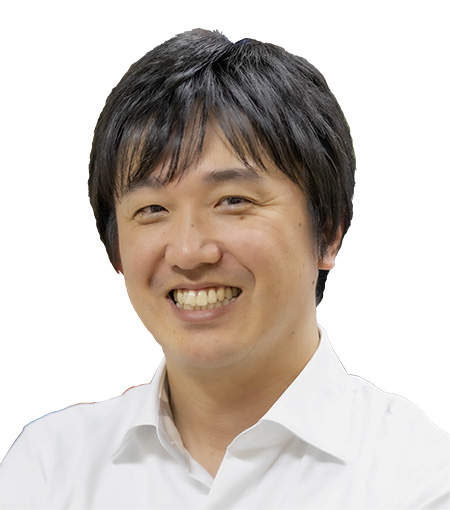
Professor
Graduate School of Science, Technology and Innovation
Kobe University
Outline
A qubit control fidelity is an important issue to realize an error tolerant quantum computer. This project proposes a novel qubit control technique embedding quantum environmental noise that affects the qubit control accuracy. I aim to develop a fundamental technique for quantum computing achieving high-fidelity control for qubits by establishing control circuit, implementation and system which enables acquisition of near-qubit environmental noise with high precision and feedback correction of quantum operation errors.
Taiki Yamae
Superconductor computing systems with thermodynamically reversible control
Grant No.:JPMJPR22B9
Researcher
Taiki Yamae
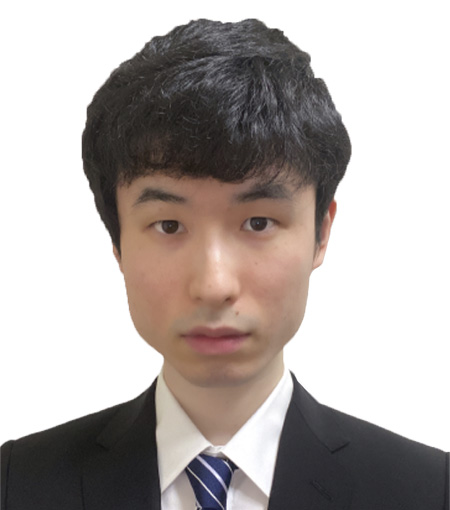
Researcher
Global Research and Development Center for Business by Quantum-AI Technology
National Institute of Advanced Industrial Science and Technology
Outline
New technology that can operate with small dissipation is required for future information and communication technology. I develop scalable and energy-efficient computing systems using superconductor logic with thermodynamically reversible control. I will demonstrate a 4-bit arithmetic logic unit and show that the energy dissipation of this arithmetic logic unit is smaller than that of conventional semiconductor integrated circuits.
Emi Yukawa
Quantum hydrodynamic approach to spintronics devices
Grant No.:JPMJPR22BA
Researcher
Emi Yukawa
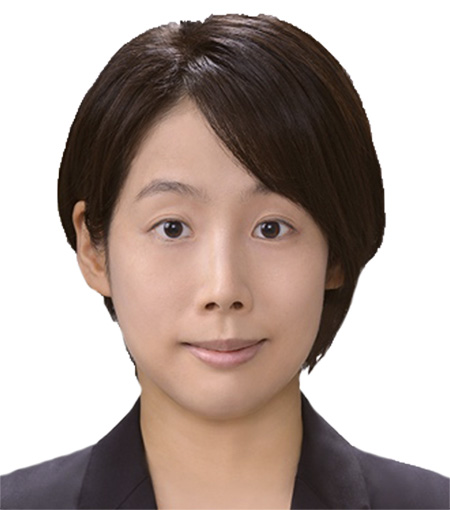
Associate Professor
Faculty of Science and Engineering
Teikyo University
Outline
We construct quantum hydrodynamic equations of many-body systems with spin degrees of freedom by means of second quantization. The obtained equations allow us to combine hydrodynaimc theory with quantum information theory. We can thus consider highly nonclassical states such as squeezed spin states in the field of spintronics, and perform sub-shot-noise measurement and control of spintronics devices.













